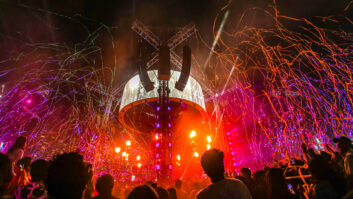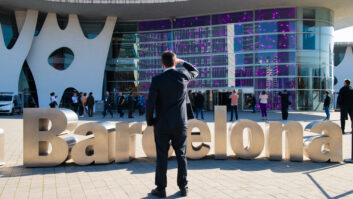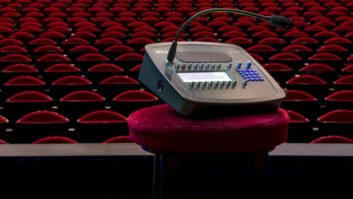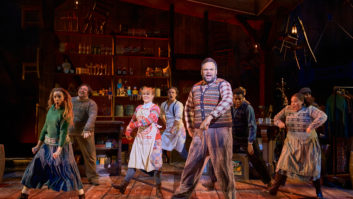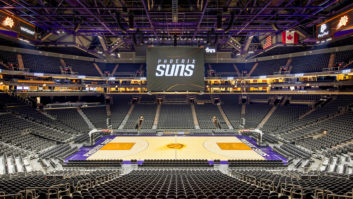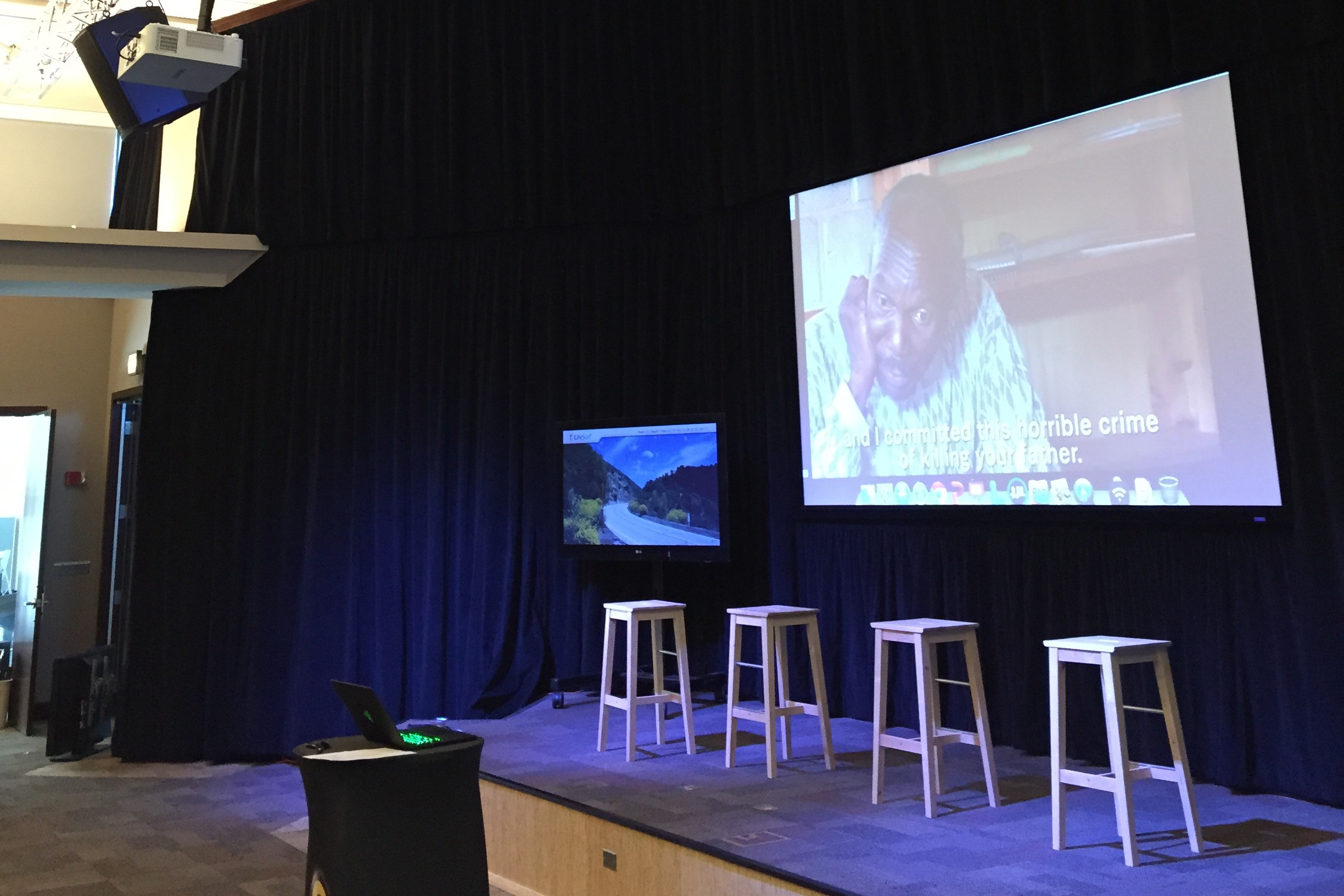
Following the conference facility example, our second scenario illustrating how to go about planning a networked audio system involves a multipurpose performance venue. Holding a capacity crowd of 1,500, the venue requires the ease of (re)configuration necessary to host everything from stand-up comedy sets to full band performances. The networking scheme should cover all console positions as well as control and rack room areas.
Again pinpointing some of the main requirements for a venue of this kind, Andreas Hildebrand, senior product manager at ALC NetworX says: “It would be good if the selected networking solution could offer some interoperability schemes. For example, this would mean it is possible to extract some of the individual streams for an OB van in the event that a performance is to be broadcast.”
This need for interoperability would probably lead the consultant and venue operator in the direction of a Layer 3-based solution. “While you could use some sort of bridging or gateway technology from the mixing desk to produce an output that is suitable for the OB set-up, the more natural approach would be to use a Layer 3 approach right away.”
The specific advantages of implementing Ravenna in this case, suggests Hildebrand, would be “a very high flexibility in setting up the streaming formats and adapting to the latency requirements”.
UK-based audio interface specialist Focusrite is a long-term licensee of Dante technology. Invited to consider the roadmap for an installation of this kind, Focusrite product manager Will Hoult says that as a manufacturer of high-quality mic preamps “we would be looking to add the number of boxes required to satisfy the channel count, then depending on what audio workstation is used we would be able to connect to it. So for example, if it’s a Pro Tools HD system we can bridge directly in to it with a 32-channel RedNet 5 interface.”
Any such venue will inevitably include a mixing console as part of the network, “and we provide bridging interfaces that allow people to use pretty much any console, whether it has a network connection or not. It’s worth noting that one of the drivers behind developing the AES and MADI bridges that we now offer is to be able to connect equipment that is not endowed with a network port, to a Dante network.”
While network design is inevitably impacted by the maximum Ethernet cable length of 100m, Hoult points to the availability of fibre modules that allow the user to cover much greater distances. “For example, you can easily get an SFP fibre module for most switches capable of achieving a single mode fibre connection up to 40km long, which allows you to [bring the network] to a variety of different areas,” he says.
